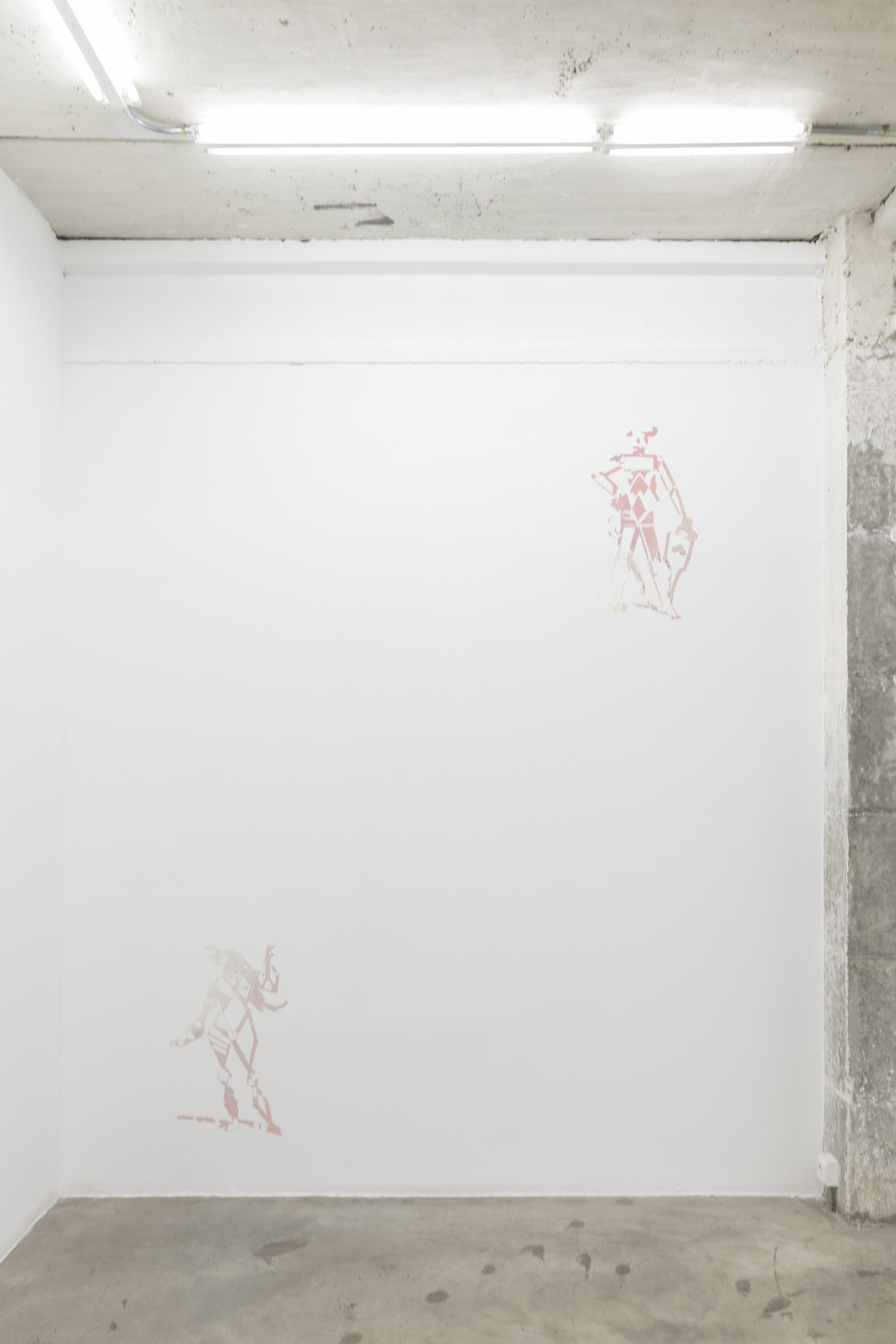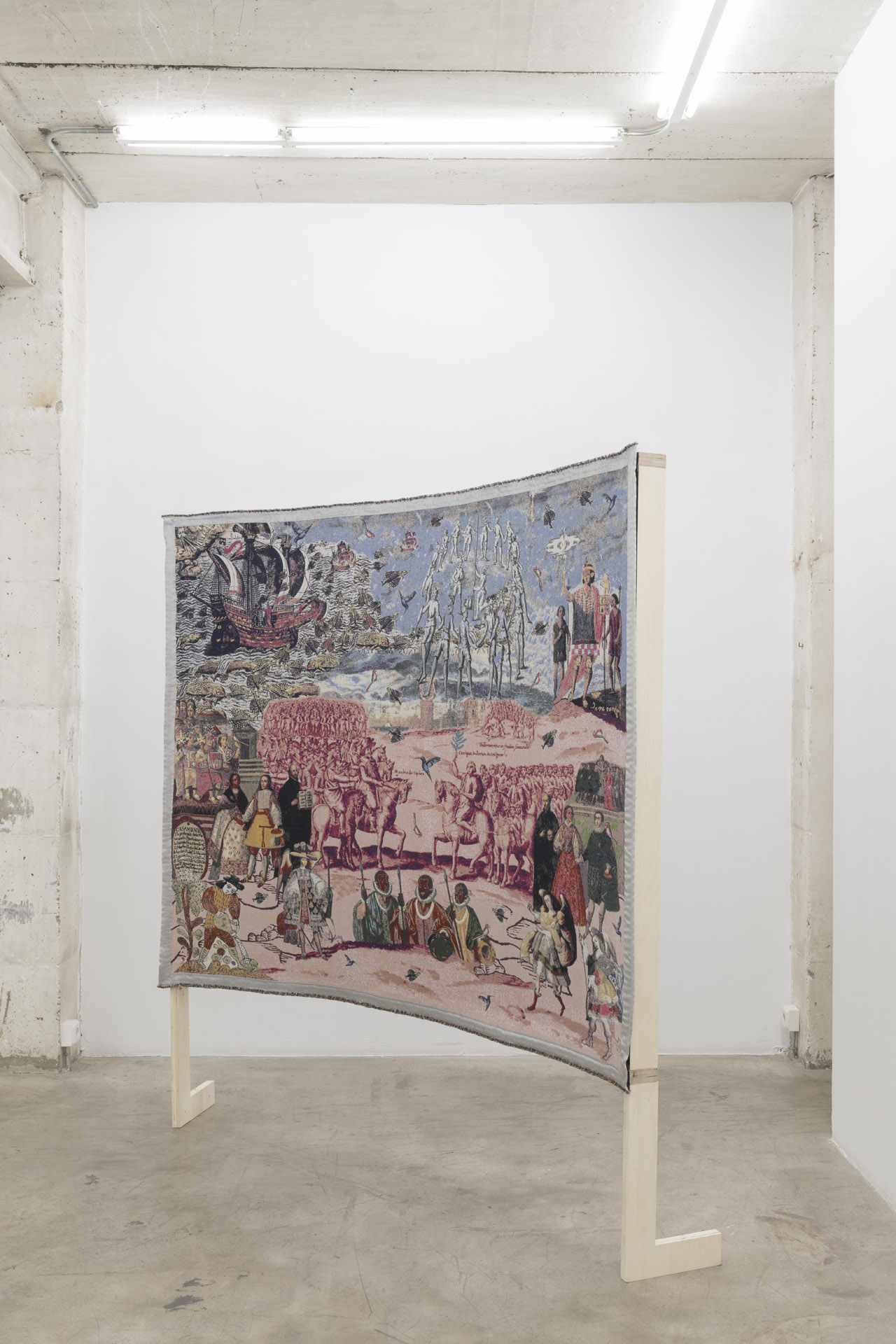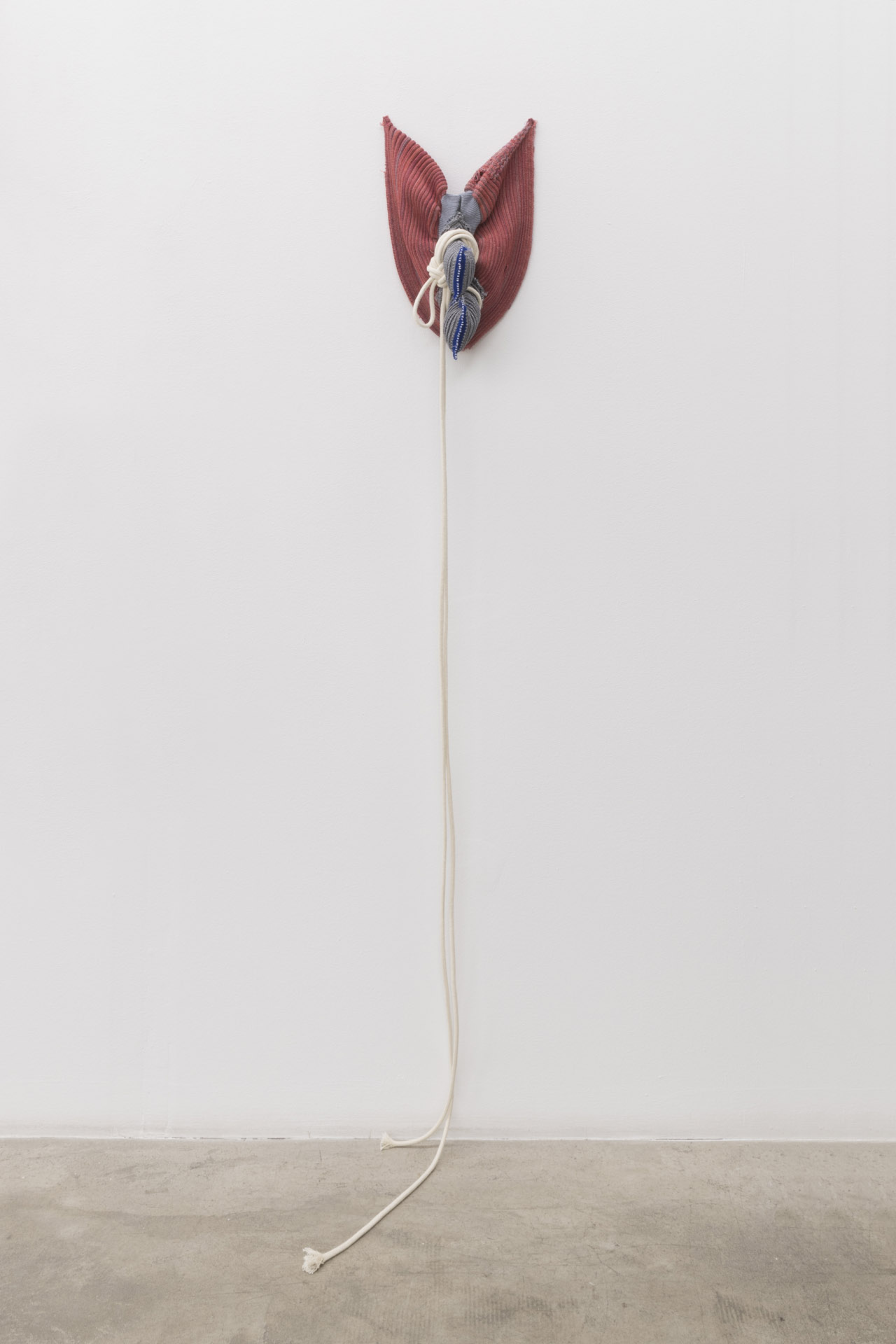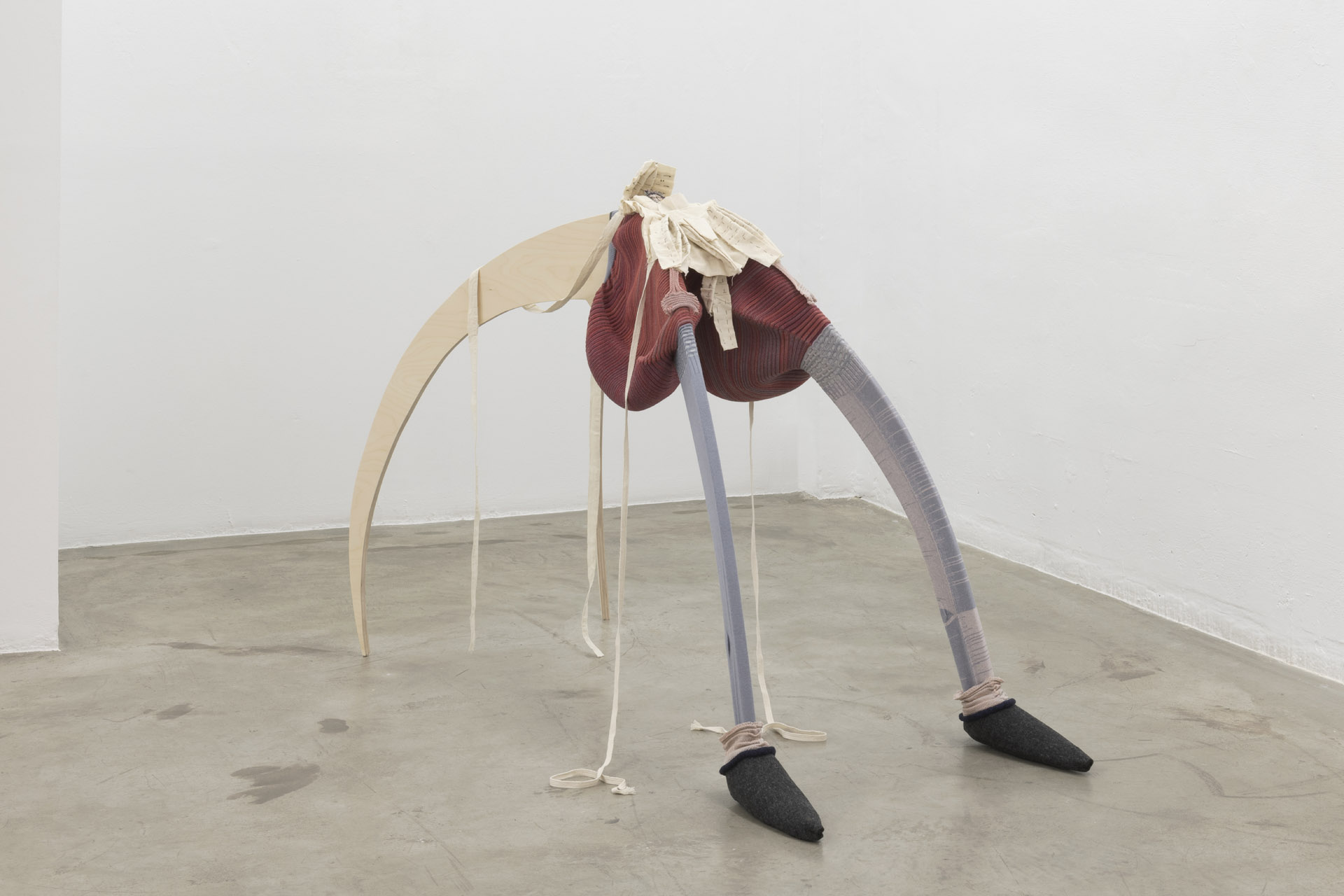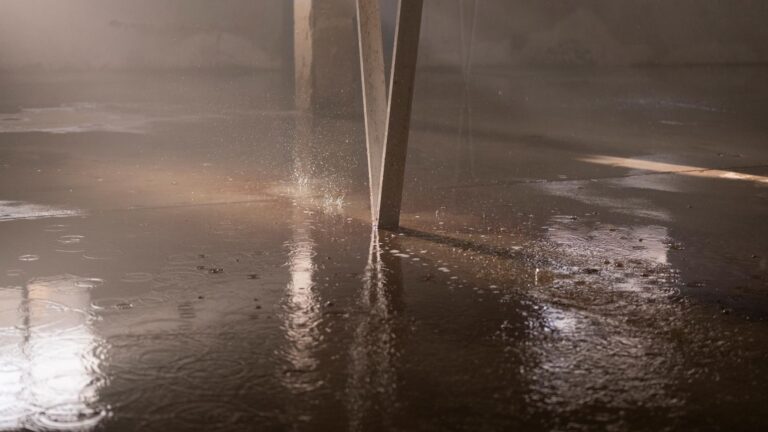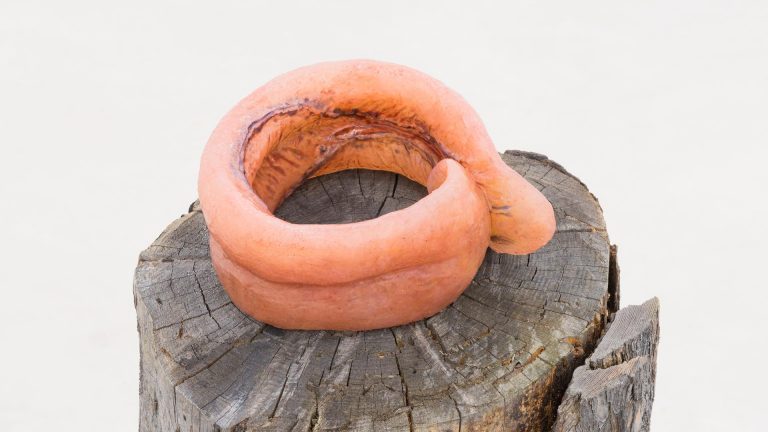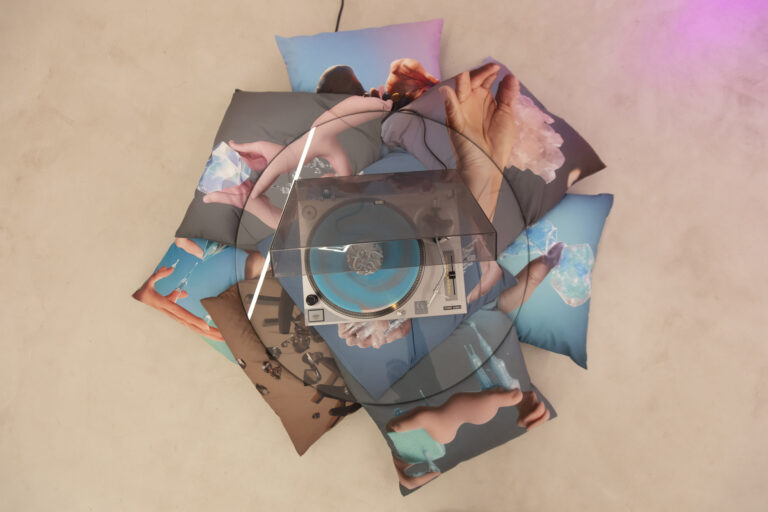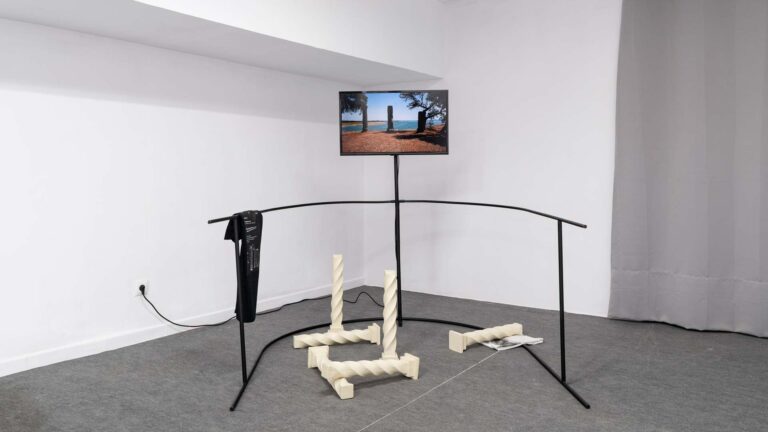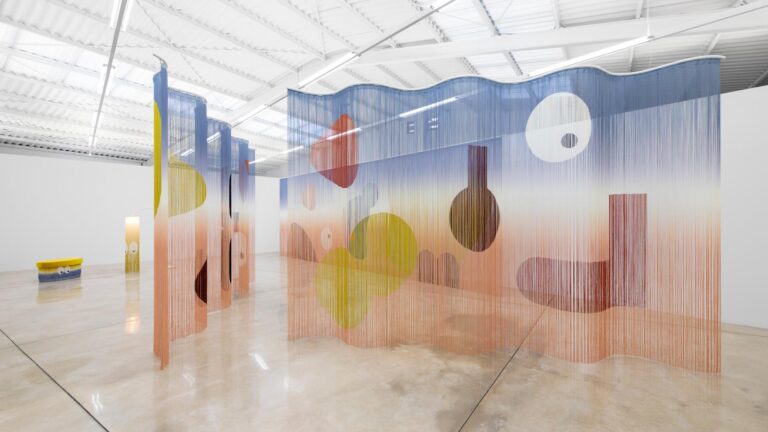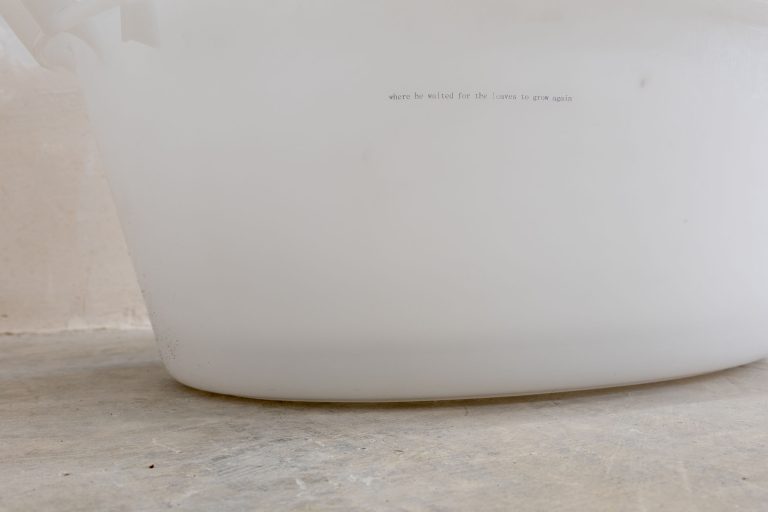Artist: Mercedes Azpilicueta
Exhibition title: Katalina, Antonio, Alonso
Venue: Nogueras Blanchard, Barcelona, Spain
Date: September 9 – November 13, 2021
Photography: Roberto Ruiz., all images copyright and courtesy of the artist and Nogueras Blanchard, Madrid
NoguerasBlanchard is delighted to present the latest project by Argentinian artist Mercedes Azpilicueta. The exhibition Katalina, Antonio, Alonso, offers a speculative vision of Catalina de Erauso, also known as “the Lieutenant Nun”, one of the most legendary and controversial figures of the Spanish Golden Age. In the early 17th century, Erauso escaped convent life in the Basque Country and travelled to the New World, where s/he assumed various male identities and became a ruthless conquistador at the service of the Spanish Empire, obtaining the Pope’s blessing to continue life as a man.
Taking the autobiography that Catalina de Erauso left in writing, in the words of Verónica Rossi, Azpilicueta carries out “an exercise in historiographical imagination that gives another twist to the succession of stories that construct the past”, weaving a work from memories, archives and imaginaries, rethinking history and breathing new life into dissident figures and trajectories of colonial history. The central work in this exhibition is a Jacquard tapestry, the esult of colleging archival imagery sourced from historical maps, etchings and colonial art contemporary to the time of Erauso, such as the Arquebusier Angels by the Master of Calamarca, Los mulatos de Esmeraldas by Andrés Sánchez Gallque, and Battle of Las Cangrejeras by Francisco Núñez de Pineda y Bascuñán. The title Abya Yala (Tierra Madura) which in Guna language means ‘land in full bloom’– is the name used among indigenous peoples to refer to the Americas. The piece is exhibited on a structure inspired by the biombos used in colonial Mexico, an adaptation of Japanese screens, to demarcate spaces of intimacy within domestic interiors. In this way, Abya Yala (Tierra Madura) allows other spaces to appear: the reverse, a place where the body can both be seen and not seen, where it can dress and undress.
When the nun Catalina escaped from the convent in San Sebastián, hiding in a grove of chestnut trees, she cut her hair and transformed her nun’s habit into men’s attire. The sculptures distributed throughout the exhibition space recover and transmute elements of colonial fashion, fragmenting their forms and recreating their ambiguity. Made using crude, manual or artisanal methods often associated with women’s domestic work and subaltern forms of knowledge, they reflect on the construction of gender and masculinity, adding a satirical touch in their title: On the dignity of Codpieces.
Katalina, Antonio, Alonso shifts between queer and baroque echoes, immersing itself in the memories of Catalina, or Antonio, or Alonso, to arrive at the body which moves, migrates, passes through. The textile acts as a witness to the weft of stories past. Somewhat like cronopios in the exhibition, figures from the official reports of conquistadors, reproduced on holographic vinyl, acquire, in the words of Sabel Gabaldón, “a phantasmagorical quality, providing an oblique commentary on the elusive nature of historical knowledge”.
With thanks to Gasworks, London.






